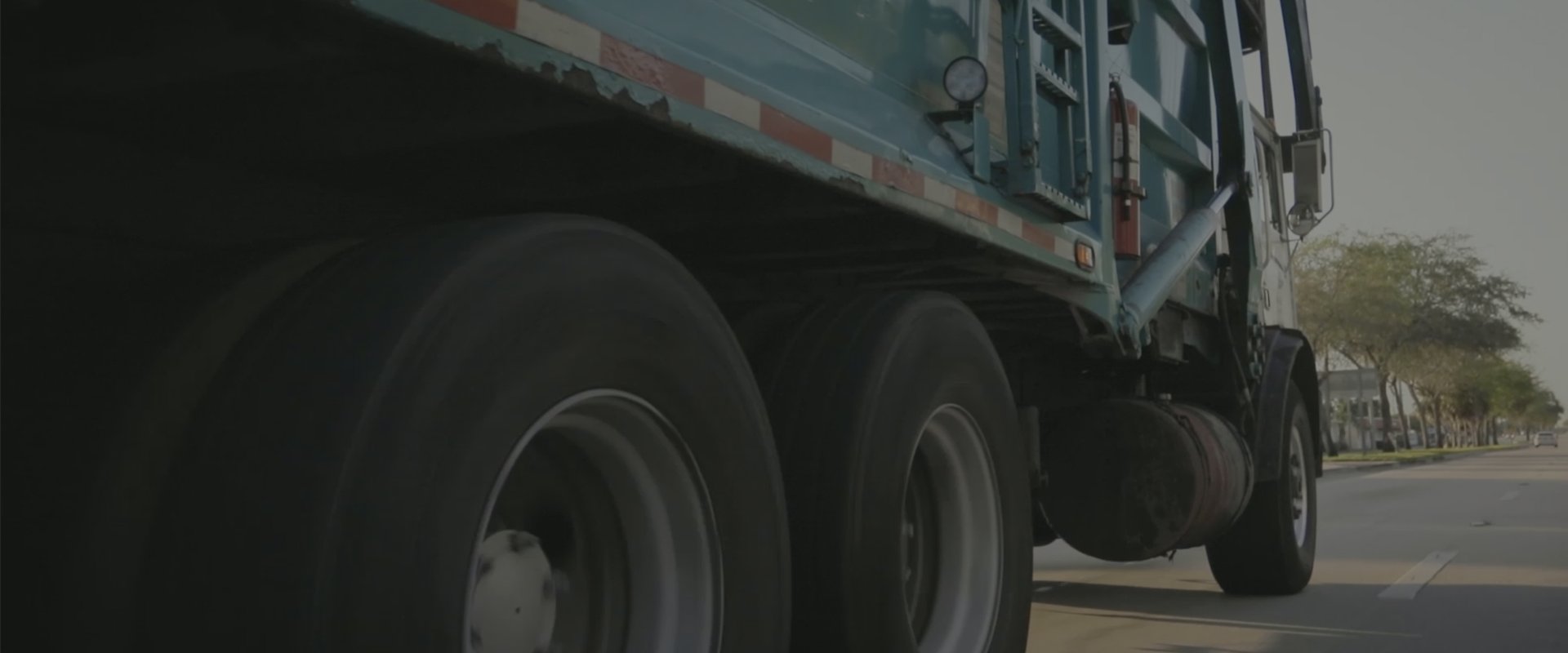Plastics // Knowledge Base // Paper
The Facts: Office Workers & Their Waste Generation
From 10,000 sheets of office paper to 500 disposable coffee cups, learn how much waste the average office worker generates per year and how to reduce it.
READ MORE